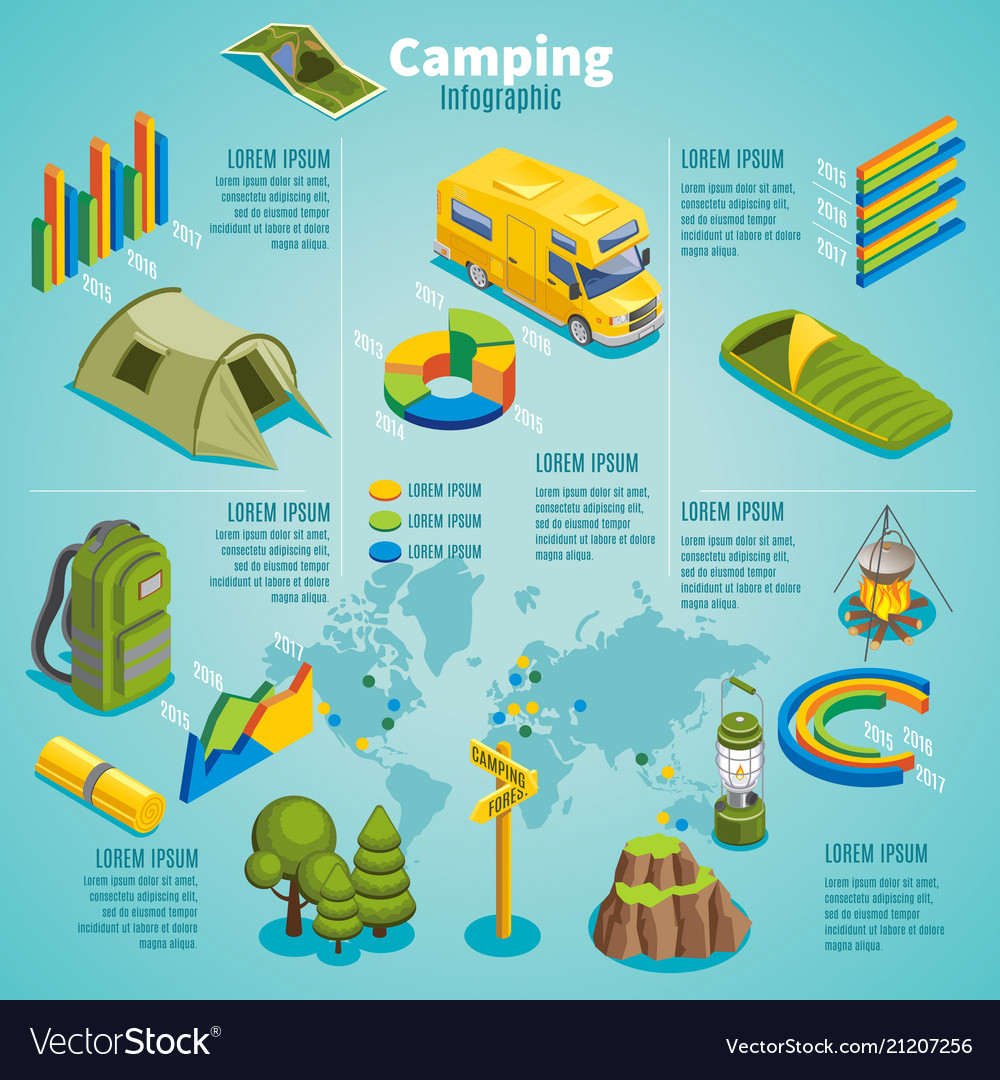Bringing Your Profit Venture To The Next Level By Selling Camping Tents
Does Your Backpacking Camping Tent Need a Footprint?A footprint is costly and includes additional weight to your knapsack. It additionally isn't specifically durable.
Do you need a tarp for a tent?
Ultimately, whether or not a tent footprint is required depends upon where and how typically you're camping. Generally, it's a great idea to utilize one if you camp on abrasive surfaces or in wet problems.
Outdoors Tents with Reduced Deniers and Water-proof Rankings
Outdoors tents with reduced deniers and water resistant scores tend to be lighter, but they can also be extra vulnerable. They might need more frequent repairs and have much less indoor room than harder versions. If you're an informal backpacker that likes to travel fast and light, this might be great; nonetheless, even more seasoned walkers understand that compromising resilience can feature large repercussions down the path.
The denier and water resistant rating of a tent's canopy, rainfly, and flooring can assist you identify its livability. Search for higher-denier fabrics on the canopy and rainfly, along with taped joints that assist avoid water from seeping through stitches. Some suppliers also utilize warm and sealant during building and construction to develop a more powerful seam; these are called welded joints.
The livability of a camping tent can likewise be identified by its floor measurements and capability. A tent's flooring must be slightly smaller than the impact to avoid water from pooling under the sanctuary.
Camping Tents in Rough Terrain
Many backpacking outdoors tents include a footprint made especially for their design, which helps make certain a correct fit and safeguards the tent's base from dampness and sharp items. Other suppliers offer universal impacts that can be cut or folded to match an outdoor tents's measurements.
The type of surface you'll come across is one more essential factor to consider for picking a camping tent. For instance, if you'll be camping in a canyon or gully, seek a sanctuary that can handle solid winds. These conditions develop disturbance that can make the difference in between enjoying your camping site or experiencing discomfort.
The ability and top height of an outdoor tents provide you a good concept of its livability, but added elements to consider consist of vestibules (the section of the rainfly covering the doors) and total storage area. For example, throughout our winter screening of the Marmot Tungsten, its generous 93-by-82-inch flooring quickly took care of four sweaty backpackers and their puffier shoulder period sleeping bags while still leaving adequate room for equipment and people.
Outdoors Tents in Wet Issues
Even if your outdoor tents appears completely dry, moisture prowls in the nooks and crannies. With time, it can degrade the material. That's why it's so important to capitalize on rest days to deep-clean your outdoor tents and its components, such as zipper cellular linings, stake loopholes and adjustable webbing straps.
Additionally, make sure to pitch your camping tent in a level hiking gifts area, not a divot or concave place, so that ground water does not collect in between the outdoor tents floor and impact or tarpaulin. And if you're using an impact, consider a custom-cut one created for your tent's floor plan. It will not collect rain the way a common ground cloth or tarp can.
Method establishing and taking down your camping tent in the house before you hit the road, to obtain a feel for how rapidly and effectively you can do it. Also, method surveying your tent in different terrains to see exactly how very easy it is (or isn't) to do in bad weather conditions.
Tents in High-Rise Situations
Tents vary in flooring size and livability. For instance, a huge tent with double doors and vestibules like Marmot's Tungsten can take care of four backpackers without needing acrobatics to enter and out or to store gear.
The minimal route weight specification is the very best specification to contrast models, as it includes the bare basics: tent body, rainfly and poles. But bear in mind that the specification leaves out tent stakes, person lines and things sacks.
Most backpacking camping tents can stand up to a light summer season storm, but some can be swept away by gale-force gusts. Try to find a version with strong poles, an increased bathtub-style flooring and joint taping to reduce the possibility of water permeating via. Costlier designs likewise have a tendency to include more powerful products that can resist the effect of particles and various other pressures.
What can I put on my tent floor?
